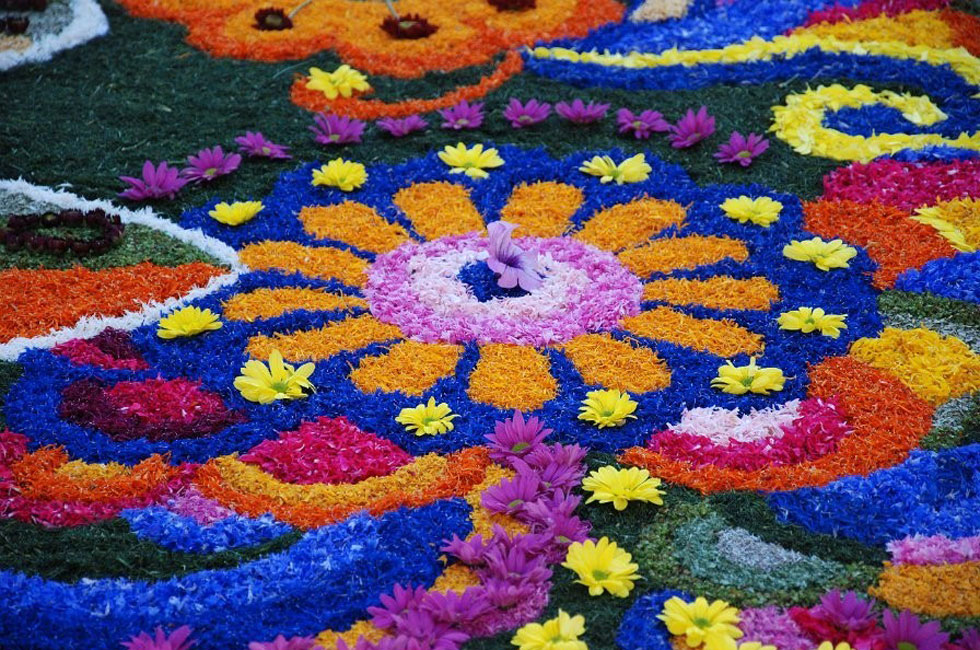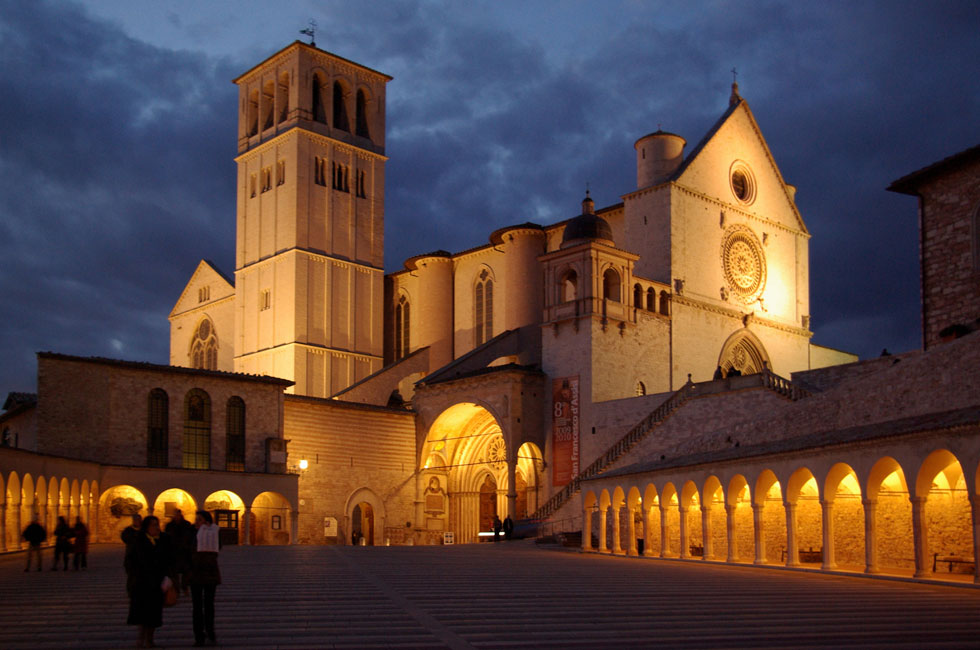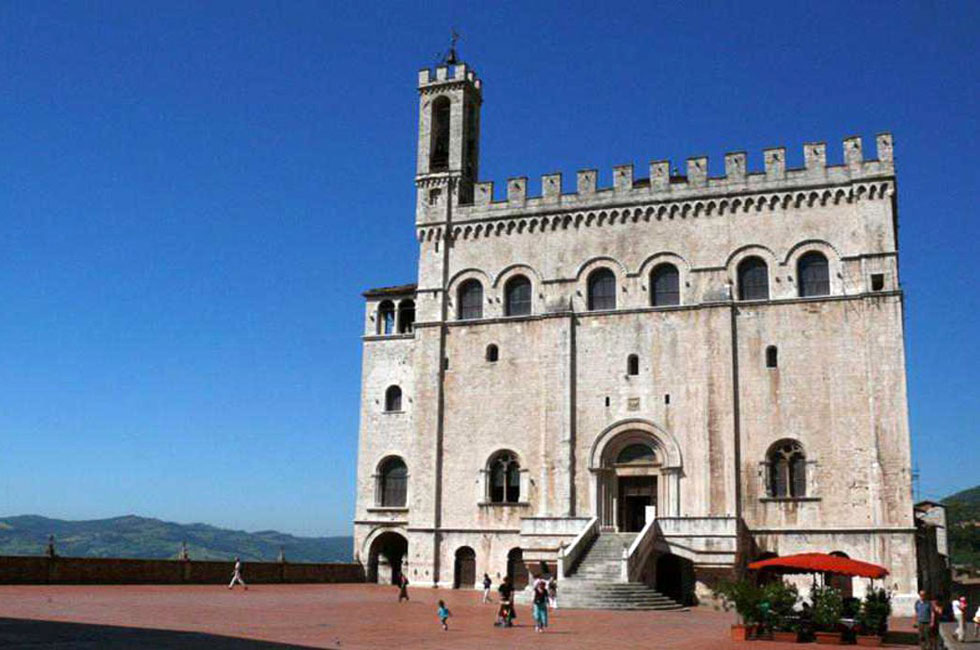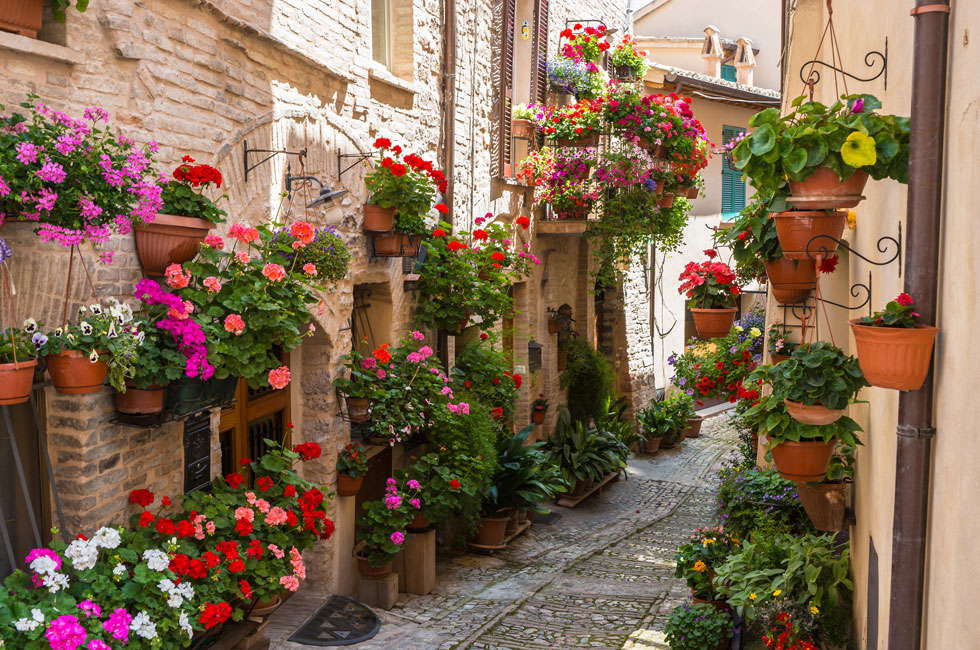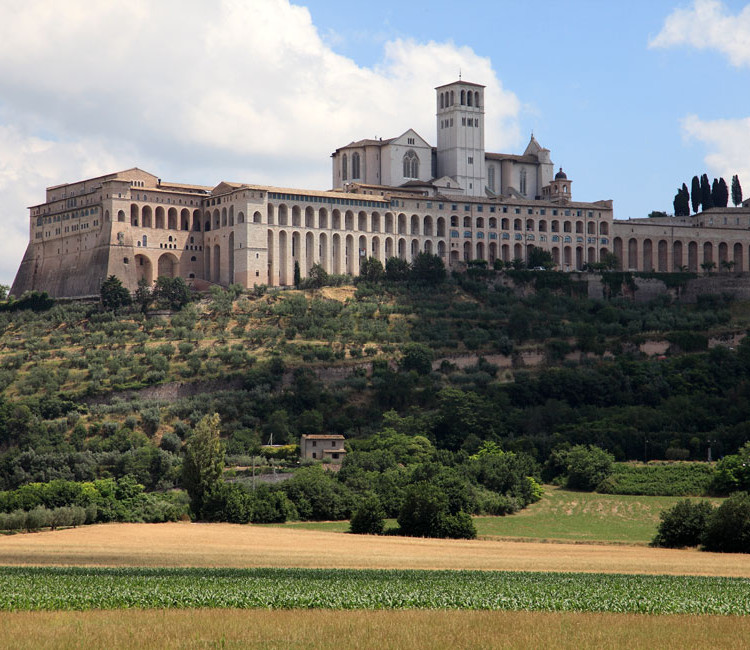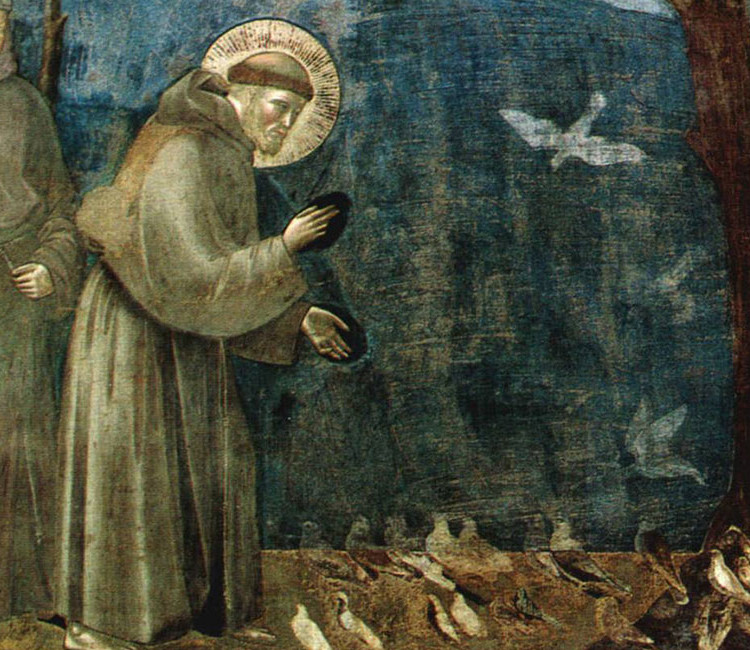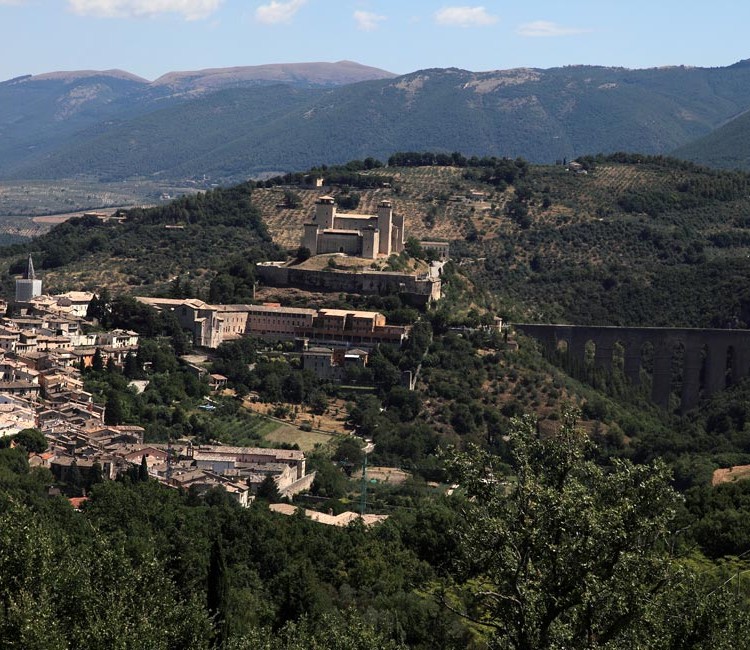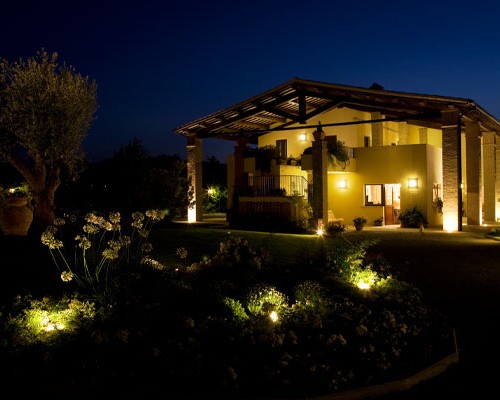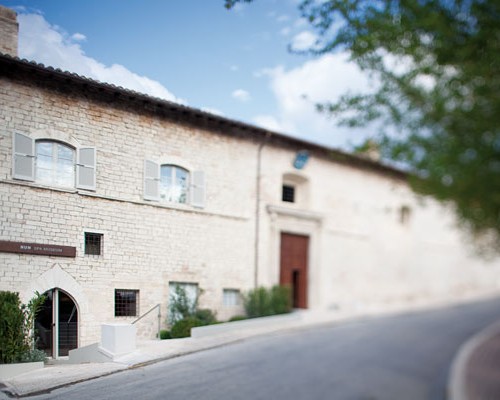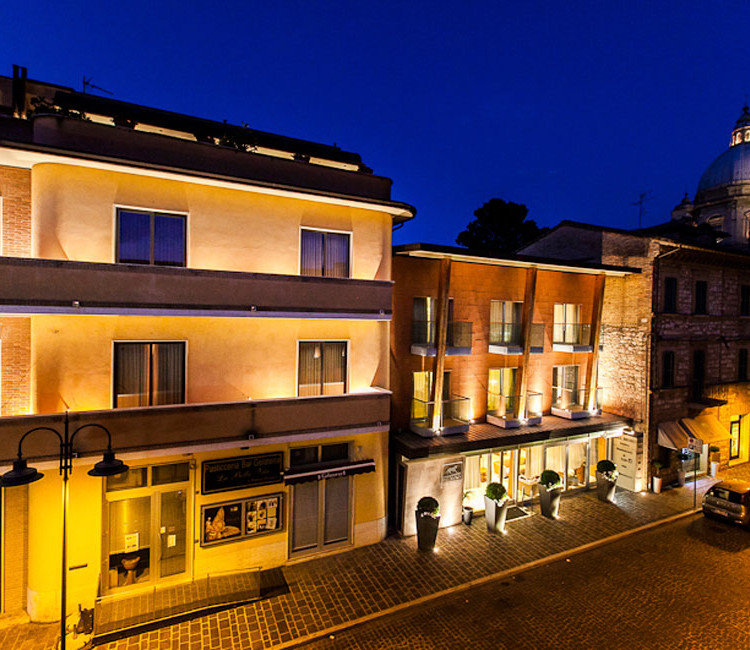By Admin
Posted in Assisi, Gubbio, Norcia, Spello, Spoleto, TOURS | Tags : Assisi, Norcia, Spello, Spoleto
An itinerary to do on foot, suitable for everyone, that leads in the heart of the region to appreciate its naturalistic beauty. Go slowly, cheerfully and discover once again the pleasure of the movement without hurry and noise except that one generously offered by nature.
Gubbio is one of the most beautiful medieval city of Umbria and of Italy. Each corner, every church or monument tell us about its history and its past, as well as the warmth and atmosphere of a medieval burg, in which people still live today in the marvelous palaces built 800 years ago and still work in the ancient workshops. The excursion, starting from old town centre, goes through the lanes of the city before getting out of the medieval walled area and climbs up to the fortress and to the peak of Mount Ingino that dominates the city. This is almost the same route done by the ‘ceraioli’ during the ancient Corsa dei Ceri (Candles Race), which takes place every year in May, exciting Gubbio inhabitants and the crowd of people coming to visit the city for the reenactment.
After wandering for the surrounding mountains, which offer superb perspectives of the below medieval town and of the above fortress, you go down to the valleys that embrace the city. Here we are again in the old centre for getting in the deepest part of the city and of its beautiful workshops.
km (about 5,30 hours) ascending and descending difference in level 700 m.
With a private transfer, we reach Valfabbrica a small but interesting town between Gubbio and Assisi. Valfabbrica is on the “St. Francis Way”, one of the most important spiritual path of Italy. When in the winter of 1206 Saint Francis rejected every material good going away from his rich father, he started the adventurous path towards Gubbio. Many times, during his peregrinations, the “Little Poor Man of Assisi” walked along that path. We’ll walk along the wildest and uncontaminted section of this path, rich of historical remains and spectacular views. Once arrived in Assisi, we could admire this incredible museum-town, listed in the UNESCO world heritage.
16 km (about 6 hours) ascending level difference 350 m; descending level difference 550 m.
Leaving from the old centre of Assisi, we go out of the city walls passing through “Rocchicciola”, the smaller of the two medieval fortresses of the city. Along the road to the Mount Subasio, the Eremo delle Carceri (Prisons Hermitage) deserves a stop. It’s an antique retreat of the XIV century built in the place where Saint Francis and his followers used to retire in prayer, in a small church surrounded by caves of the paleochristian age destined to hermits. The path twists and turns through wonderful woods and olive groves and many other spiritual-artistic-historical places such as Abbazia di San Benedetto (Saint Benedetto Abbey) and the ruins of Saint Antonio. Our walk then leads us to Spello, a small jewel, which shows us many examples of roman age: city walls, then basis of the medieval city, theatre, amphitheatre, thermal baths ruins and astonishing doors. Using a private transfer, we return to Assisi.
14,8 km (about 6,30 hours) ascending level difference: 832 m; descending level difference: 996 m;
With a private transfer, we leave Assisi towards Sant’Anatolia di Narco.
During the visit of this part of Umbria, there’s the consciousness of being in one of the most fascinating place of Europe, for its artistic, architectural and panoramic aspects. This is a territory rich of hermitages and churches proving that in the past Umbria had a deep mystic feeling. In Sant’Anatolia di Narco the signs left by saints and hermits are still alive; you must stop at the Abbazia di San Felice e San Mauro (Saints Felice and Mauro Abbey), under whose rose window it’s possible to see a magnificent low-relief of the XII century. The structure is in good harmony with the surrounding garden, which offers a nice view on the river Nera.
Then we’ll go ahead through a road obtained from the layout of the now abanoned railway “Spoleto – Norcia”. Crossing small bridges, tunnels and wonderful views of Valnerina, we arrive directly to the old centre of Spoleto, ancient capital of the Central Italy. A fascinating town, whose style is different from other Umbria’s medieval villages thanks to the mixture of architectural styles of different ages – from ancient Umbri ‘till nowadays- that combine perfectly,. Once finished our visit, with a private transfer we’ll move to Norcia.
16,5 Km (about 6,30 hours); ascending level difference 435 m; descending level difference 350 m.
The Parco Nazionale dei Monti Sibillini (National Park of Monti Sibillini) is a naturalistic oasis of seventy thousands hectars and with an extraordinary beautiful landscape. Mount Vettore dominates the place with its 2746 metres and marks the border between Umbria and Marche. From Castelluccio di Norcia, the highest village of Appenines (1.452 metres o.s.l.) we have an extraordinary overview: it seems to be in a lunar landscape, surrounded by peacefulness and silence. Between the end of May and the beginning of July, the plain of Castelluccio blasts with colours during the blooming: multicolours and various flowers paint the plain with yellow, red, white and blue. Nevertheless, Castelluccio fascinates with its beauty in each season. Passing through all vegetation types until the beech grove, we arrive in the heart of the National Park of Monti Sibillini, in the reign of deers, wolves and golden eagles. During the walk down to the ancient village – famous for pecorino cheese and lentils- the view on the plain and on the Sibillini Mounts is amazing! Return to Norcia with private transfer.
15 km (about 6,30 hours); ascending level difference 750 m; descending level difference 350 m.





